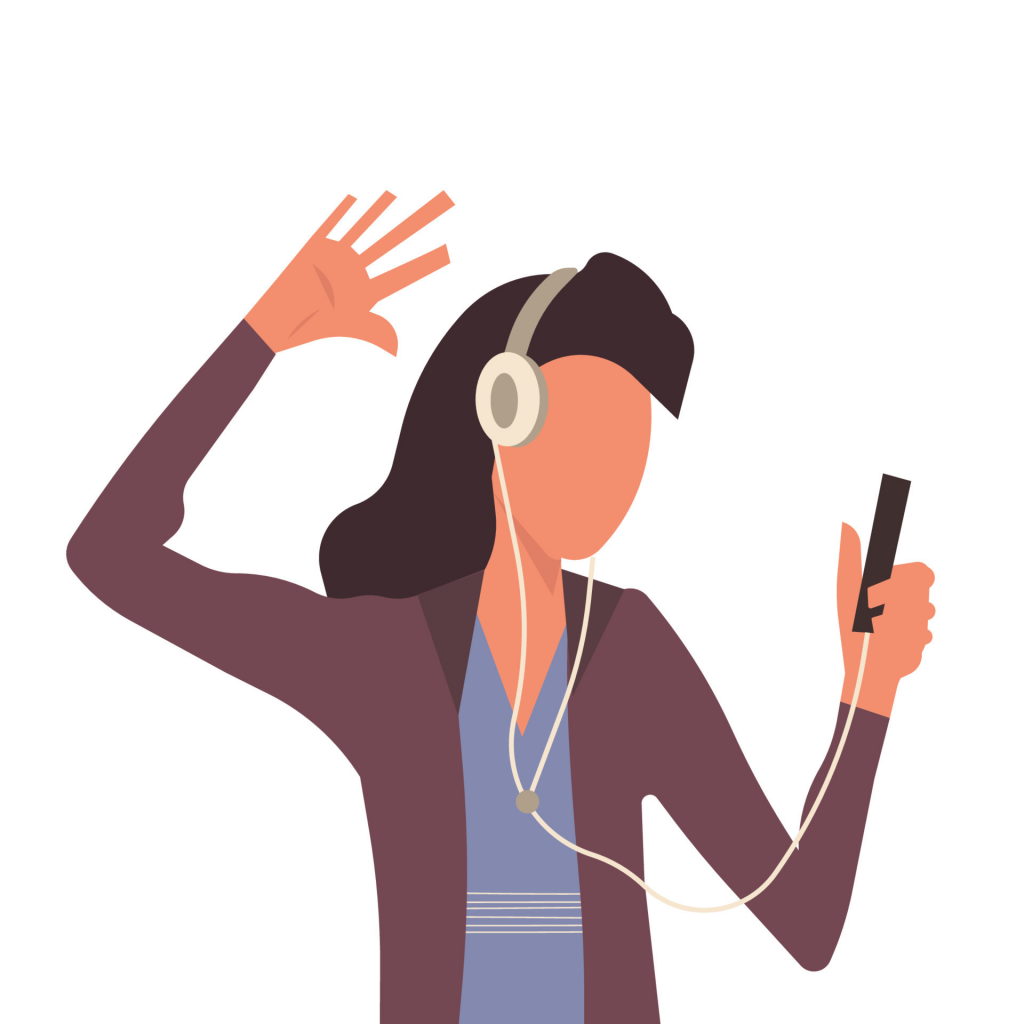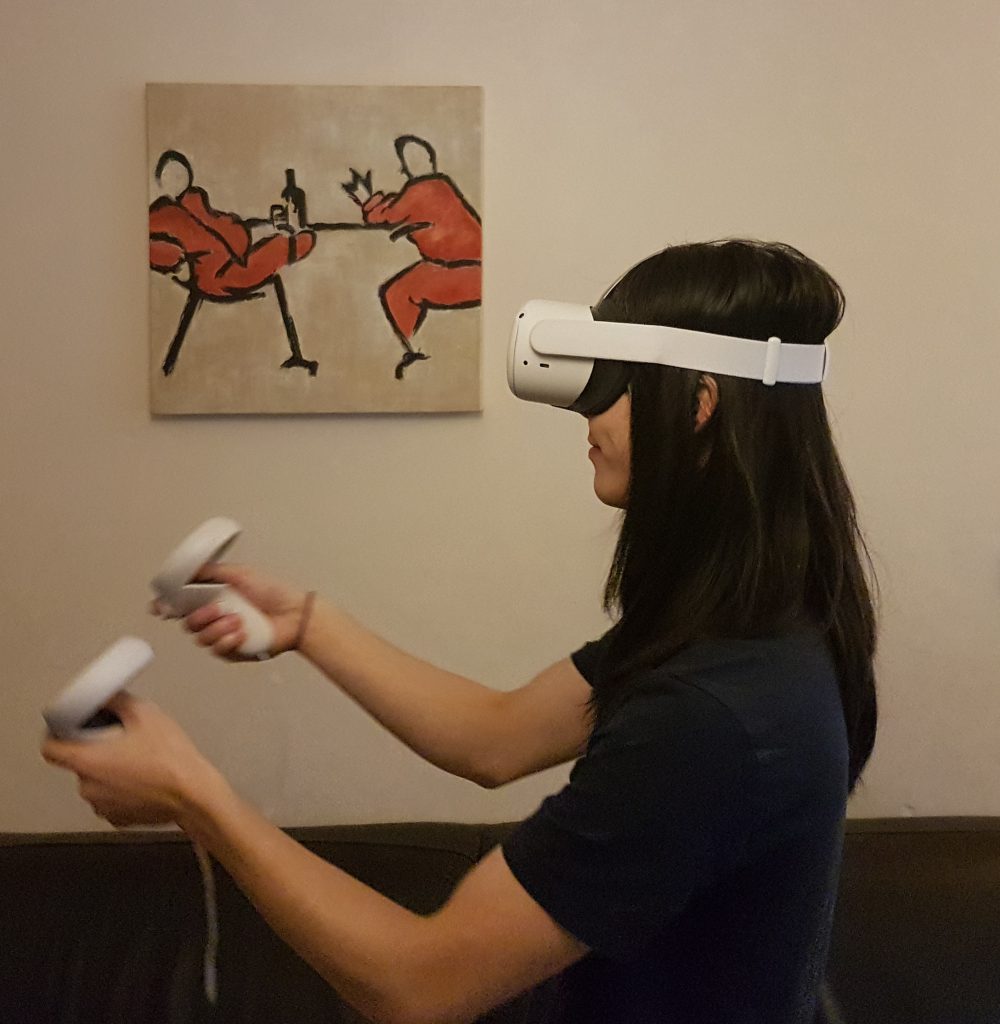Below you can find summaries of some of our recent papers. You can also find a full list of our publications here.
- We explored how pre-implant hearing and music experiences are related to music perception and enjoyment after implantation
- Older participants with more experience with the implant scored better in the chord-discrimination task than younger participants with less implant experience
- Participants scored better with minor chords with larger semitone differences
- Music enjoyment was related to duration of hearing difficulty and music quality of the CI, where longer duration of hearing difficulty resulted in higher music enjoyment scores when the music quality of the CI was better
- Some pre-implant music experiences impact how CI users perceive and enjoy music after implantation
- The pattern of these effects may be different to speech perception
- Recent research suggests that the brain changes the way it responds to sounds when a person has a hearing loss. When the brain isn’t listening to sounds, the parts of the brain responsible for hearing may change what they do and start to respond to what is seen
- We predicted that the brain would respond differently to visual ‘speech’ information, compared to ‘non-speech’ information
- We used a special piece of equipment called ‘functional near-infrared spectroscopy’ (fNIRS), which works by shining light into the brain, and measuring it when it bounces back out again
- The amount of light bouncing back changes as the brain works and therefore helps us to understand which parts of the brain are responding to our sounds or videos
- We measured brain activity for sounds and videos, which were either speech or ‘non-speech’, e.g. a spoken word or some noise
- Both our cochlear implant users and hearing adults showed activity in parts of the brain used for hearing in response to speech, even in visual form, which actually fits with what other researchers have found
- Our findings support that many parts of the brain help us to understand speech, even if that speech is presented only in visual form
- Therefore, parts of the brain responsible for hearing also responding to visual information may not necessarily be detrimental
- Older children and teenagers with bilateral cochlear implants often have poor spatial hearing, i.e. difficulty in understanding where speech is coming from because they cannot combine sounds from the two ears
- This deficit jeopardizes speech and language development, education, and social well-being
- The goal of this work was to develop a package of virtual-reality games (BEARS, Both EARS) to train spatial hearing in young people (8–16 years) with bilateral cochlear implants using an action-research protocol
- We used formalized cycles for participants to trial aspects of the BEARS suite, reflect on their experiences and in turn inform changes in the game implementations
- Participants agreed that the final games were appropriate and ready to be used by patients
- Using participant feedback we modified the variety of game scenarios to cover age range and interests, the number of levels of complexity to ensure small improvements were measurable, we added reward schemes to ensure positive reinforcement and an additional implementation on an iPad for those who had difficulties with the headsets due to age or balance issues



